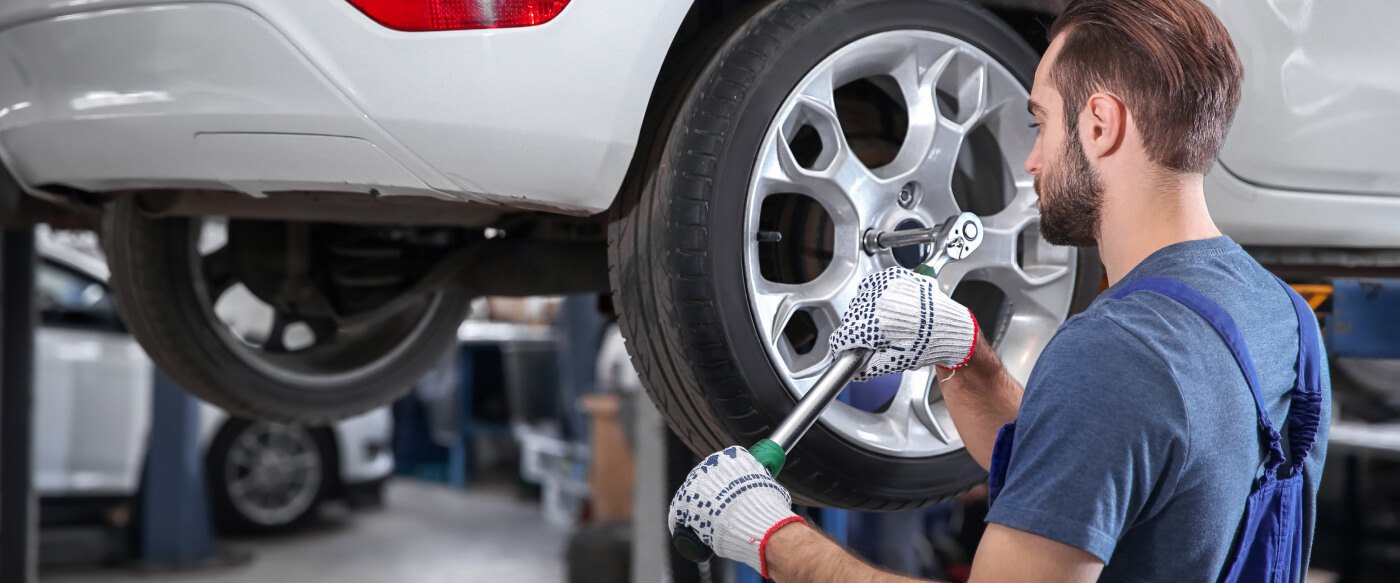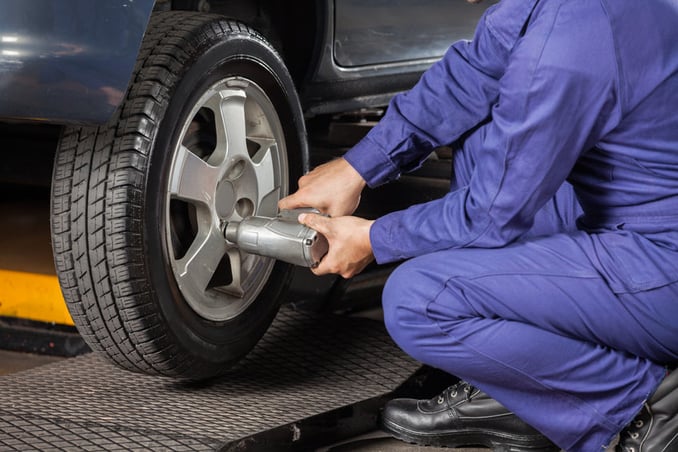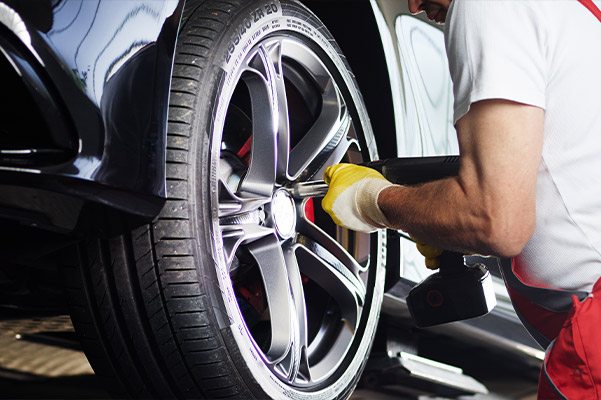Drive with Confidence: GMC Tires Service at Morris Tires
Tire Solution: The Influence of Climate Condition
When it pertains to making certain ideal efficiency and security on the roadway, recognizing the impact of climate condition on tire service is crucial. From scorching warmth to icy roads, each climate component can considerably influence tire functionality and general driving experience. By diving into the results of varying climate condition on tires, chauffeurs can gain beneficial insights that may enhance their car's efficiency and long life. In this conversation, we will certainly explore the detailed relationship in between weather condition problems and tire service, losing light on the value of weather-specific tire maintenance practices and considerations.
Warmth and Tire Performance
When exposed to heats, tires experience modifications in performance that can dramatically impact car safety and handling. The warm created from long term driving or warm weather conditions causes the tire rubber to soften, leading to minimized step life and raised wear. As the rubber ends up being softer, the tire's grip when driving reduces, affecting stopping distances and general traction. In severe situations, extreme warm can even trigger tire blowouts, posing a severe safety risk to the car and its occupants.

Winter Impacts
Cold weather condition problems can have a significant effect on tire performance and safety. As temperature levels decrease, tire rubber can harden, leading to lowered traction on icy or snow-covered roads. In chilly weather condition, tires might likewise lose atmospheric pressure extra swiftly, which can influence dealing with and fuel performance. Furthermore, chilly temperature levels can create tire sidewalls to stiffen, increasing the risk of damages from potholes or various other road hazards.
To alleviate the results of winter on tires, it is critical to consistently inspect tire pressure and inflate them to the maker's advised degrees. Utilizing winter or all-season tires made for chilly climate conditions can additionally enhance traction and hold on icy or snowy roadways. Proper tire maintenance, consisting of routine evaluations for wear and damage, becomes even a lot more critical throughout chillier months to guarantee optimal efficiency and security.
Rainy Issues Impact
Throughout rainy problems, tire efficiency and safety can be dramatically affected by the damp road surfaces and decreased presence. The walk pattern of tires plays an essential duty in preserving grip on damp roadways. Tires with damaged footsteps are more vulnerable to hydroplaning, where a layer of water constructs up between the roadway and the tire surface, bring about loss of traction. To fight this, motorists ought to consistently check their tires for ample tread depth and take into consideration buying tires specifically developed for wet conditions.
In addition, wet weather condition can likewise reduce presence, making it challenging for chauffeurs to see the road in advance plainly (GMC Tire Service). In such conditions, it is important to change driving rates appropriately and preserve a secure adhering to distance to permit for unexpected stops. Effectively filled with air tires can additionally aid in keeping control on wet roads by providing far better handling and grip
Snow and Tire Safety And Security
When driving in snowy problems, having the appropriate tires can make a significant distinction in safety and performance. Wintertime tires are designed with special rubber compounds and tread patterns to supply far better grip on snow and ice compared to all-season tires.

Furthermore, drivers must think about installing tire chains in extreme snowy conditions. Tire chains supply extra grip by grasping the snow and ice, enhancing stability and control. Nevertheless, it is crucial to adhere to supplier guidelines when setting up and using tire chains to stop damages to the tires and vehicle. By selecting the best tires, preserving correct rising cost of living, and considering extra traction help like tire chains, chauffeurs can improve their security when navigating snow-covered roadways.
Weather-Related Tire Maintenance
When faced with different weather problems, correct tire upkeep becomes an essential element of automobile safety and security and efficiency. Weather-related tire upkeep incorporates a range of techniques focused on making sure optimum tire function and longevity in different weather condition situations. One vital aspect of weather-related tire upkeep is read the article tire pressure law. Varying temperatures can cause tire stress to differ, influencing grip and fuel performance. Frequently readjusting and examining tire stress according to producer referrals is important for risk-free driving in transforming climate condition. Furthermore, tire tread depth plays a substantial function in taking care of different weather condition elements. Tires with sufficient walk depth offer much better hold on wet or icy roads, minimizing the risk of hydroplaning or skidding. When tread wear reaches a specific depth is important for keeping traction and security in unfavorable climate, examining tire walk consistently and replacing tires. By prioritizing weather-related tire maintenance, drivers can enhance safety, boost car performance, and lengthen the life expectancy of their tires.
Final Thought
In conclusion, weather conditions have a significant impact on tire performance and safety and security. From heat impacting tire stress and use to chilly climate minimizing traction, it is essential to think about the climate when maintaining and making use of tires.
In reference this conversation, we will certainly explore the complex partnership between weather condition problems and tire solution, losing light on the significance of weather-specific tire maintenance methods and considerations.
